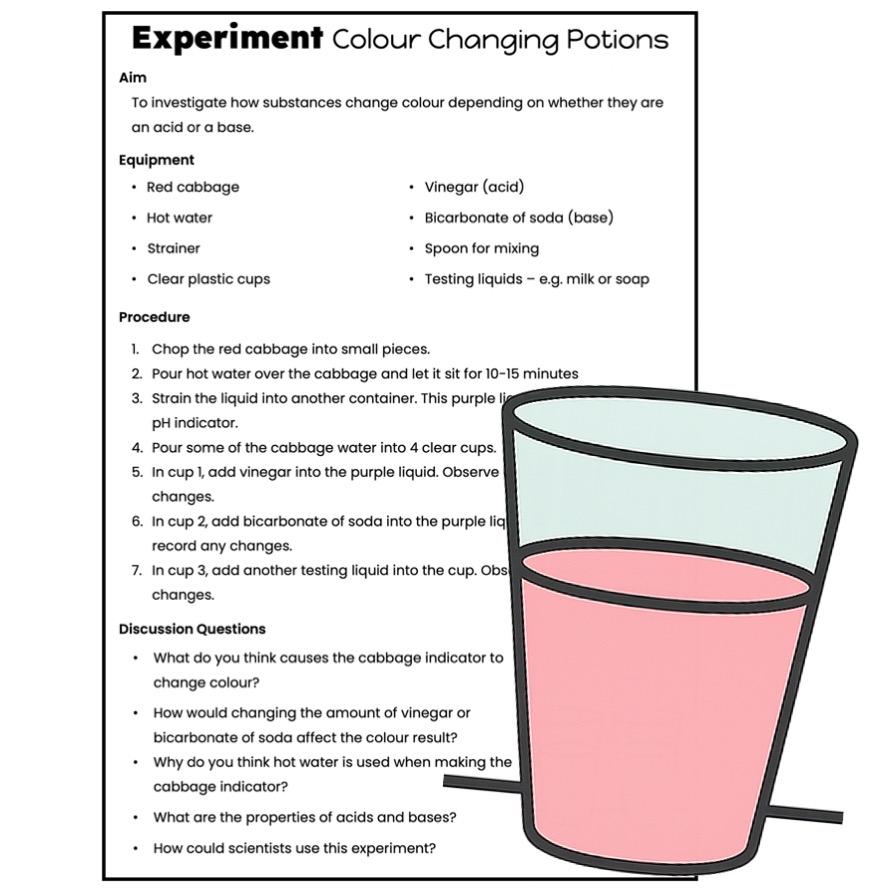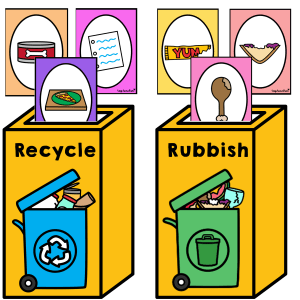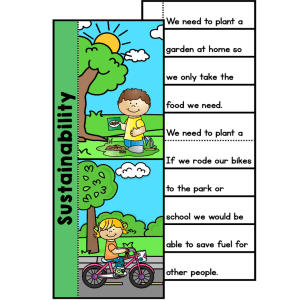Colour Changing Potions Experiment

Description
Engage your Years 4–6 students in hands-on chemistry with the Colour Changing Potions Experiment! This exciting activity supports students in understanding acids, bases, and chemical reactions using a natural pH indicator made from red cabbage. As they observe colour changes, students develop key scientific skills in prediction, classification, and evidence-based reasoning.
Using cabbage water as a visual pH indicator, students test various household liquids such as vinegar, bicarbonate of soda, milk, or soap. They observe the dramatic colour changes that occur when acids or bases react with the indicator, and record their findings using structured worksheets. With a focus on visual results and inquiry-based thinking, this experiment makes abstract chemistry concepts concrete and memorable.
This resource is ideal for use during National Science Week or as part of your upper primary chemical sciences unit. It encourages students to think critically, ask questions, and reflect on how indicators are used in the real world - from pool testing to agriculture and beyond.
Key Learning Outcomes:
- ✅ Identify observable changes that indicate a chemical reaction has occurred
- ✅ Understand how natural indicators can classify substances as acids or bases
- ✅ Record and interpret data to support scientific conclusions
- ✅ Use visual evidence to describe and compare chemical properties
- ✅ Apply the scientific method through questioning, testing, and reflection
What’s Included:
- Student-friendly procedure and equipment list
- Structured worksheet for observations and discussion questions
- Instructions for preparing red cabbage pH indicator
- Prompts for scientific thinking and reasoning
Materials Needed:
- Red cabbage (chopped)
- Hot water
- Strainer
- Clear plastic cups
- Vinegar (acid), bicarbonate of soda (base)
- Spoon for mixing
- Additional test liquids (e.g. milk, soap)
How to Use:
- Prepare the red cabbage indicator by soaking chopped cabbage in hot water and straining the liquid
- Pour the indicator into multiple clear cups and add one test liquid per cup (e.g. vinegar, bicarb soda, milk).
- Have students observe and record the colour change in each cup.
- Discuss the results and classify substances as acidic or basic based on colour.
- Use provided discussion questions to prompt deeper reflection and scientific reasoning.
Ideas for Classroom Use:
- 💡 Use during National Science Week as a chemistry-themed exploration
- 💡 Set up lab stations with different test substances for group investigations
- 💡 Combine with lessons on the pH scale, acids and bases, or natural materials in science
- 💡 Challenge students to test mystery liquids and hypothesise their properties
- 💡 Use the results to create a visual classroom display of acids, bases, and neutral substances
Top Teacher Tips:
- 💛 Display a pH colour chart for reference and comparison
- 💛 Encourage use of descriptive language such as "bright pink," "bluish-green," or "no visible change"
- 💛 Reinforce fair testing by using equal amounts of cabbage indicator and test liquids
- 💛 Group students to promote shared discussion and reasoning
The Colour Changing Potions Experiment brings chemistry to life for upper primary students. With vivid visuals, meaningful inquiry, and real-world connections, it’s a powerful way to build confidence in scientific thinking during National Science Week or any time of year.
Be sure to check out our other National Science Week resources!
Additional information
| Number of Pages | 1 |
|---|---|
| Australian Curriculum Code | AC9S4I03, AC9S5I03, AC9S5U04, AC9S6I03 |
| File Format |
Australian Curriculum V9
F - 6
Lorem ipsum dolor sit amet, consectetur adipiscing elit.
Lorem ipsum dolor sit amet, consectetur adipiscing elit.
Lorem ipsum/ Lorem ipsum/ Lorem ipsum
Lorem ipsum dolor sit amet, consectetur adipiscing elit.
Lorem ipsum dolor sit amet, consectetur adipiscing elit.
Lorem ipsum/ Lorem ipsum/ Lorem ipsum
Lorem ipsum dolor sit amet, consectetur adipiscing elit.
Lorem ipsum dolor sit amet, consectetur adipiscing elit.
Lorem ipsum/ Lorem ipsum/ Lorem ipsum
Lorem ipsum dolor sit amet, consectetur adipiscing elit.
Lorem ipsum dolor sit amet, consectetur adipiscing elit.
Lorem ipsum/ Lorem ipsum/ Lorem ipsum
Lorem ipsum dolor sit amet, consectetur adipiscing elit.
Lorem ipsum dolor sit amet, consectetur adipiscing elit.
Lorem ipsum/ Lorem ipsum/ Lorem ipsum





